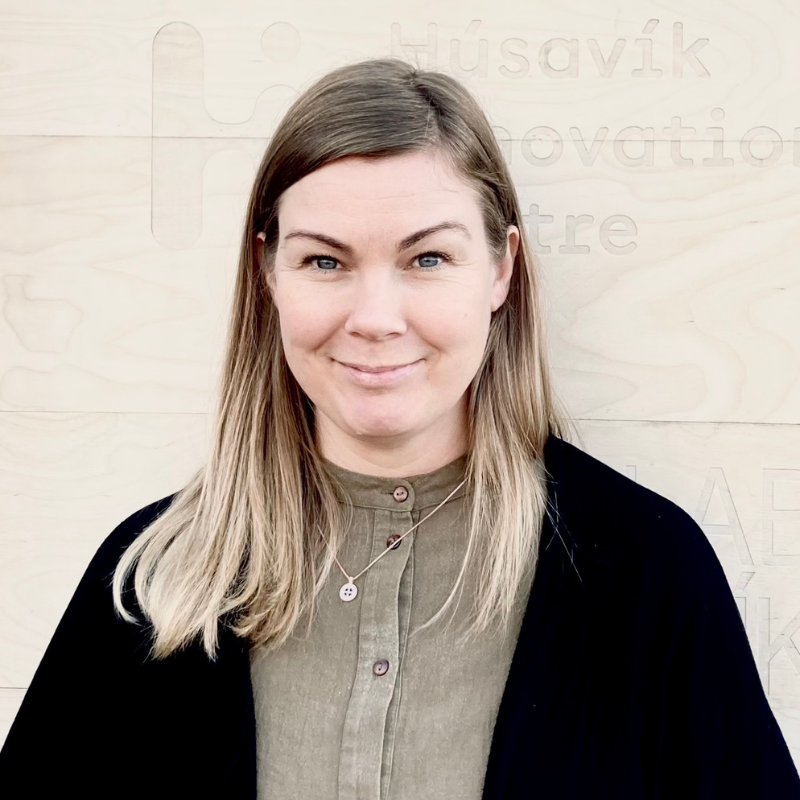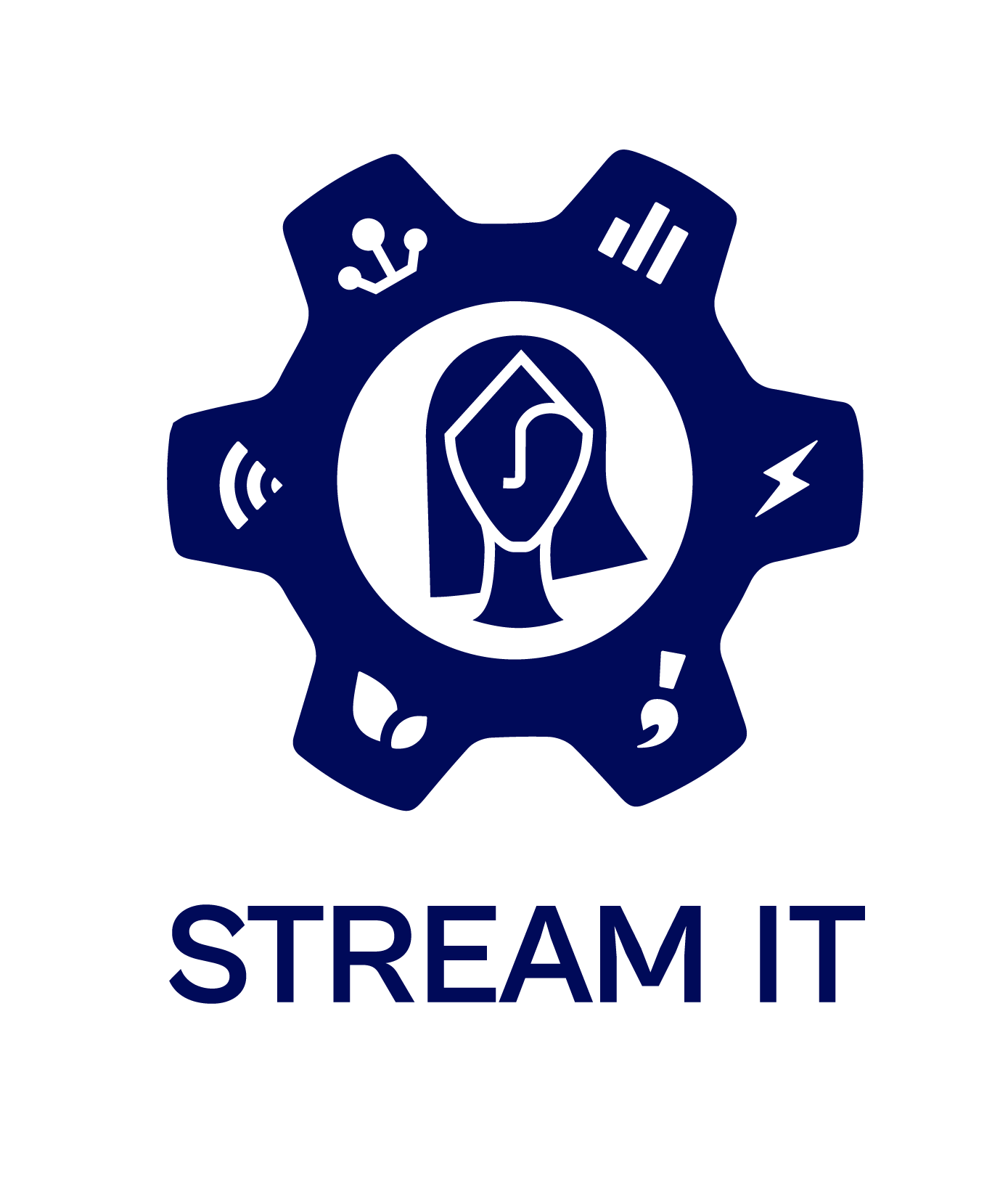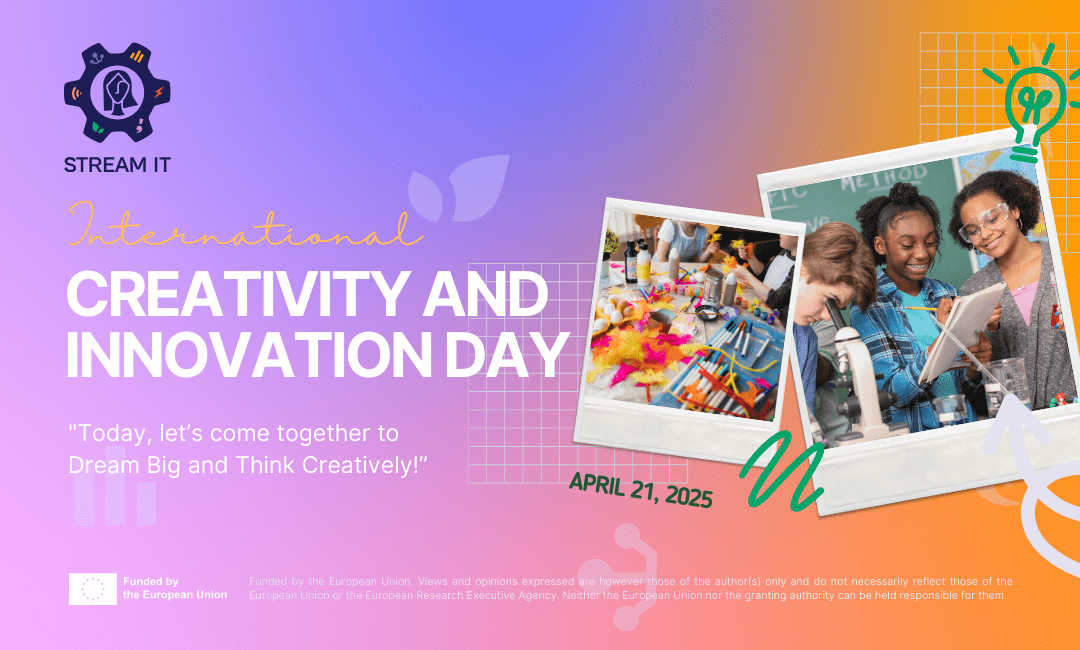How Imagination Fuels the Future of Innovation
Today, as we celebrate World Creativity and Innovation Day, we are reminded of the vital role imagination plays in all aspects of human progress. Imagination isn’t confined to the arts or specific industries—it’s the driving force behind innovation, problem-solving, and progress across every part of society.
Albert Einstein once said, “Imagination is the highest form of research.” This quote perfectly captures the essence of progress. When we let our imagination lead—free from the constraints of what we know or believe to be possible—we unlock entirely new possibilities. Innovation begins with someone seeing the world with fresh eyes, asking new questions, and daring to think differently. Whether it’s in technological development, societal change, or artistic creation, imagination is the key to finding new solutions.
Imagination in STEM and STEAM Classrooms
This brings us to the heart of STEM (Science, Technology, Engineering, and Mathematics) and STEAM (Science, Technology, Engineering, Arts, and Mathematics) education. At the core of both approaches lies the idea that creativity and imagination are just as essential as analytical thinking and problem-solving. In STEM education, we encourage students to ask questions, experiment, and explore the world around them. But it is the infusion of imagination that transforms scientific questions and technological challenges into truly innovative ideas.
While the Arts can enrich this process and offer new ways of thinking and expression, imagination is already at the core of scientific inquiry—even within a traditional STEM framework. In this context, the scientific method—a structured process of hypothesis, experimentation, and analysis—becomes a creative journey, fueled by curiosity and the desire to explore uncharted territory.
Imagine a world where students are encouraged to dream big. Whether building a robot, coding an app, or designing an eco-friendly system, their imagination drives their problem-solving. By envisioning solutions that don’t yet exist, they expand the boundaries of what’s possible and lay the groundwork for future breakthroughs. STEAM education, in particular, empowers students to imagine new futures and embrace uncertainty as part of the creative process. It helps them understand that failure is not the end but an opportunity to rethink, reimagine, and refine their ideas.
Empowering the Next Generation of Creative Changemakers
Today’s global challenges—climate change, resource scarcity, inequality, and more—demand innovative solutions. And it is the imagination of future generations that will lead the way. Through STEM and STEAM education, we are not just preparing students to become engineers or scientists; we are preparing them to become creative thinkers, problem-solvers, and innovators who will shape a better world.
Integrating imagination into education encourages students to ask big questions, think critically, and embrace the unknown. It shows them that no idea is too bold and no dream too ambitious. From sustainable technologies to medical breakthroughs, it is the creative minds nurtured in STEM and STEAM classrooms that will challenge the status quo and spark real change.
On World Creativity and Innovation Day, let us reflect on how we—educators, innovators, and leaders—can continue to foster imagination in every learning environment. Whether through interdisciplinary learning, hands-on experimentation, or creative collaboration, we must prioritize imaginative thinking in education. Only by nurturing this vital skill can we prepare the next generation to meet the complex challenges of tomorrow.
In conclusion, imagination isn’t just the domain of artists or entrepreneurs—it’s a vital tool for anyone who wants to drive change and make an impact. Through STEM and STEAM education, we have a unique opportunity to spark curiosity, encourage bold thinking, and empower students to shape a future that is not only innovative, but profoundly creative. The next revolutionary discovery could be just one idea away—if we only dare to dream big and think creatively.

STEM Iceland (STEM Ísland)
Huld Hafliðadóttir is the Co-founder of STEM Iceland and Director of STEM Húsavík, the first STEM Learning Ecosystem in Iceland. With a background in social sciences, she specializes in community well-being, social innovation, and inclusive education. Huld is an experienced community leader and entrepreneur, actively engaged in EU-funded initiatives focused on STEM, gender equity, and regional development. She is also an alumna of the Academy for Women Entrepreneurs (AWE) and the U.S. State Department’s International Visitor Leadership Program (IVLP).

